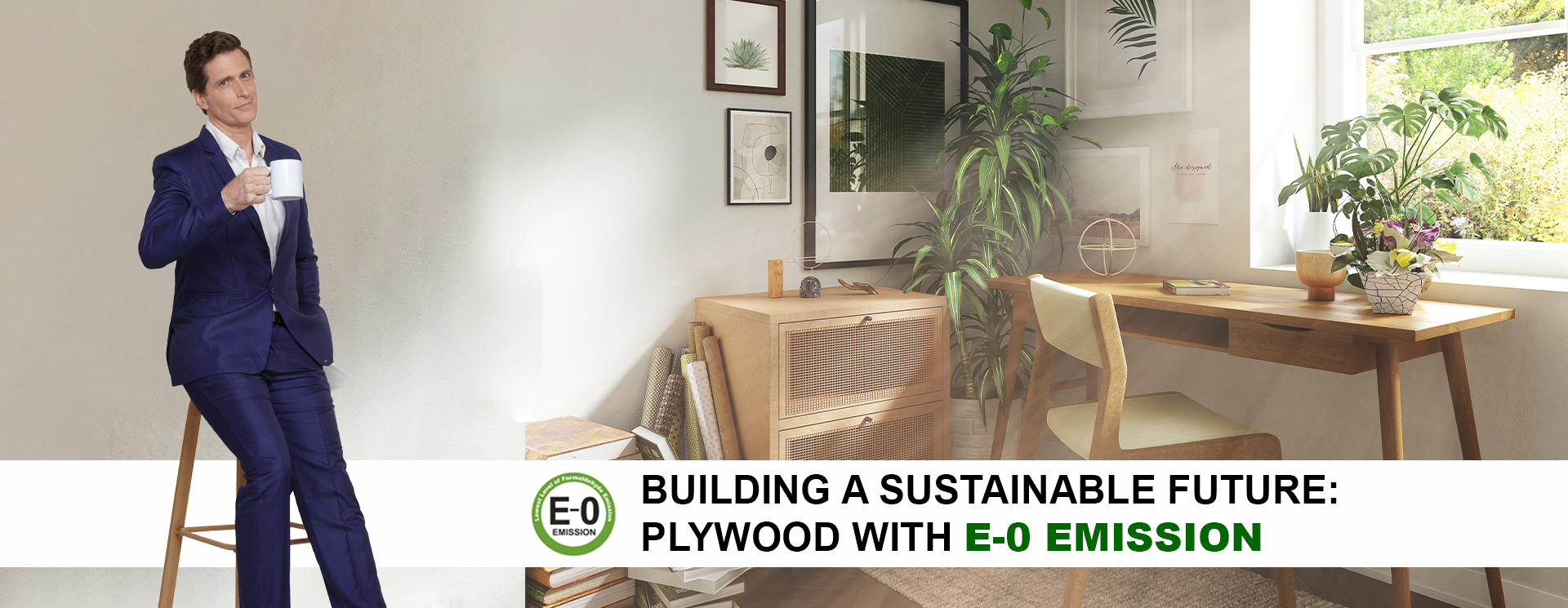
BWP Plywood vs. BWR Plywood: Understanding Waterproofing Standards for Home Interiors and Office Spaces
Posted by: Vinayak / Posted on: 19 May 2023
Introduction:
When it comes to purchasing plywood for home interiors or office spaces, it's essential to understand the different waterproofing standards. BWP (Boiling Water Proof) and BWR (Boiling Water Resistant) are two distinct grades commonly used, but the terms are often used interchangeably, leading to confusion. In this article, we will simplify the differences between BWP and BWR plywood, helping purchasers make informed decisions.
BWP Grade Plywood (Opaque Platinum):
BWP plywood, also known as Boiling Water Proof Grade, is designed for enhanced water resistance, especially in high-moisture environments. It undergoes specific stress-relieving treatments to ensure dimensional stability in dry and wet conditions. Key features of BWP plywood include:
- Durability Test: BWP plywood can be tested by submerging samples in boiling water. If the samples do not delaminate for an extended period, it confirms the BWP property.
- Indian Standards: BWP plywood conforms to the IS:710 specification.
- High-moisture Resistance: BWP plywood is chemically treated with selected preservatives to withstand a high-moisture environment.
- Marine Grade: Its resistance to boiling water, moisture, dry heat, and rough weather conditions makes it ideal for boat and shipbuilding applications.
- Quality Assurance: Vinayak Ply ensures stringent quality control measures to meet customer demands and provide high-quality products.
BWR Grade Plywood (Igneous):
BWR plywood, denoting Boiling Water Resistant Grade, is highly water-resistant and suitable for various applications. It is manufactured with A-grade phenolic resins or phenol formaldehyde adhesives, ensuring excellent waterproofing characteristics. Key features of BWR plywood include:
- Versatility: BWR plywood can be used for both indoor and outdoor furniture, as well as semi-outdoor purposes in humid conditions.
- Indian Standards: BWR plywood adheres to the IS:303 specification.
- Termite-proof: The core layer of BWR plywood undergoes treatment with toxicant chemicals using VPI (Vacuum Pressure Impregnation) technology, making it resistant to termites.
- Warp-free and Strong Bonding: BWR plywood exhibits minimal warping and has strong bonding capabilities, with zero surface core gaps.
Conclusion:
Understanding the differences between BWP and BWR plywood is crucial for purchasers looking to select the right material for their home interiors or office spaces. While BWR plywood offers excellent water resistance and versatility, BWP plywood provides enhanced waterproofing capabilities, making it suitable for high-moisture environments and marine applications. By considering these factors and relying on trusted manufacturers like Vinayak Ply, purchasers can ensure the best quality products that meet their specific requirements.